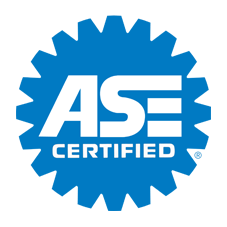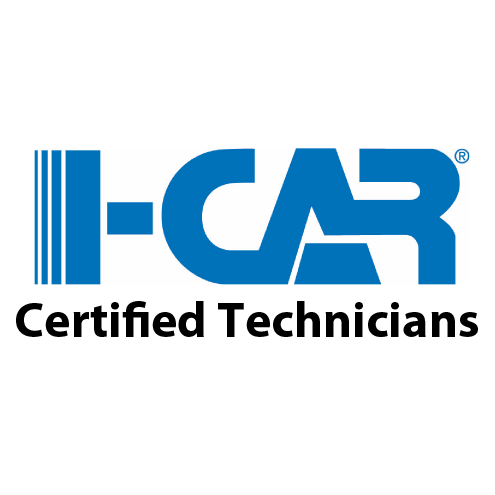Understanding ADAS Calibration: Why It’s Essential
These days’ automobiles have advanced tremendously due to various technologies that are meant to improve driver experience and enhance car safety. Among such advancements is what is known as Advanced Driver Assistance System (ADAS) which relies heavily on a combined set of sensors, cameras and radar. They depend on accurate calibration for them to work well. In this article we will discuss about calibration of advanced driver assistance systems (ADAS), significance attached to it as well as reasons why one should make sure they consistently take their automobile through it.
What is ADAS Calibration?
ADAS calibration entails the exact positioning of automotive sensory devices and visual detectors which is necessary for the effective performance of its distinct components. Such include adjustable speed control, lane drift cautioning system as well as automated accident avoidant system among others. It guarantees data input and processing are done correctly thus becoming responsive during different road situations.
The Importance of ADAS Calibration
1. Ensures Safety
Human error is reduced by ADAS’s main aim that ensures road safety. Proper calibration ensures systems like collision avoidance and lane-keeping assist work as they are supposed to. In case of misaligned sensors, this is likely to cause wrong readings which might result into system failure or accidents. Regular calibration guarantees that every ADAS feature works optimally thereby providing maximum protection for both the drivers and their passengers.
2. Maintains Vehicle Performance
The components of ADAS depend closely on how well a certain automobile operates as a whole. These systems will perform improperly if any part is not in alignment, which can reduce or slow down the performance and responsiveness of the car itself. One way that this can be demonstrated is when an adaptive cruise control system is not functioning properly; thus, it fails to ensure adequate space between vehicles causing them to run inefficiently.
3. Compliance with Manufacturer Specifications
In order to comply with specific standards and specifications, automakers develop Advanced Driver Assistance Systems (ADAS). Calibration ensures that the vehicle’s cameras and sensors align with these standards. Safety and any warranties that may be related to the vehicle depend on this conformity. If calibration is disregarded it may result in warranty voidance as well as other liabilities.
4. Enhances Resale Value
A vehicle that is been kept-up and has its ADAS features working rightly will have a greater resale value. Over the years, people purchasing vehicles have been more interested in those with safety characteristics which are more advanced, and this can be considered as a selling point to them if their systems are well-calibrated. Having regular calibration records can also describe how carefully the vehicle has been looked after, making it more appealing.
When is ADAS Calibration Needed?
After Windshield Replacement
Either on or adjacent to the windscreen are many sensors and cameras relevant to ADAS. When a new windscreen is fitted, there is potential for misalignment of these items, thus making it essential to have proper calibration after windscreen replacement to maintain accuracy in ADAS functions.
After Collision Repairs
Minor collisions can have an effect on the alignments of ADAS sensors as well. You must need to recalibrate the ADAS after any body works or structural repair because doing this will ensure that its systems work properly.
Suspension and Wheel Alignment Changes
The suspension or wheel alignment adjustments might have an influence on Advanced Driver Assistance System (ADAS) calibration. This is mainly because most sensors are found either in close proximity to or inside the assembly of suspension components and therefore, they may require re-calibrating with any alterations made there.
Regular Maintenance Checks
Routine maintenance checks including ADAS calibration are to be done especially if the vehicle is in regular use or harsh condition. Regular checks could assist in identifying early misalignment hence avoiding problems.
The ADAS Calibration Process
1. Initial Assessment: The process of calibration starts by evaluating the current ADAS settings of the vehicle in depth. Then, through specialized diagnostic tools, technicians verify the functionality and alignment of the sensors and cameras.
2. Realignment: Whenever misalignment is identified, the experts will modify the sensors and cameras to make sure they are placed appropriately. This phase usually entails meticulous measurement in addition to two things: adjustments that enhance the functionality of the devices.
3. Testing: After realignment, the ADAS features are tested to ensure they are functioning correctly. This testing phase is crucial to verify that all systems are working as intended and that any adjustments have succeeded.
4. Final Calibration: The final step involves calibrating the ADAS systems to the manufacturer’s specifications. Technicians use specialized equipment and software to perform this calibration, ensuring that the vehicle’s ADAS features meet the required standards.
Choosing a Reliable ADAS Calibration Service in Miami
Given the complexity of ADAS calibration, choosing a reliable and experienced service provider is essential. Here are some factors to consider:
Expertise and Training
Make sure that ADAS calibration experts have experience and training. That means one should assess their certificates to confirm they can do this job effectively.
Advanced Equipment
The calibration process requires specialized equipment and software. Choose a service provider that uses the latest tools and technology to ensure accurate calibration.
Reputation and Reviews
Check reviews and testimonials from past customers. A good service provider should have positive feedback and be known for making previously satisfied customers stick around.
Comprehensive Services
Choose a provider that offers comprehensive ADAS calibration services, including diagnostics, realignment, and testing. A one-stop service can save time and ensure thorough calibration.
Conclusion
Calibration of ADAS is very crucial part of automobile servicing these days. It guarantees your vehicle’s advanced systems remain safe, functional and last long. For these systems to work properly and meet manufacturer standards, they should be calibrated regularly. After replacing the windshield, doing collision repairs or normal maintenance it is important that you ensure ADAS is calibrated correctly.
Reach out to us now for trustworthy ADAS calibration assistance in MIAMI area. Our professional technicians are equipped with leading-edge tools to make sure everything is done precisely when it comes to your car’s ADAS features, thus assuring you of their safety as well as their efficiency.





